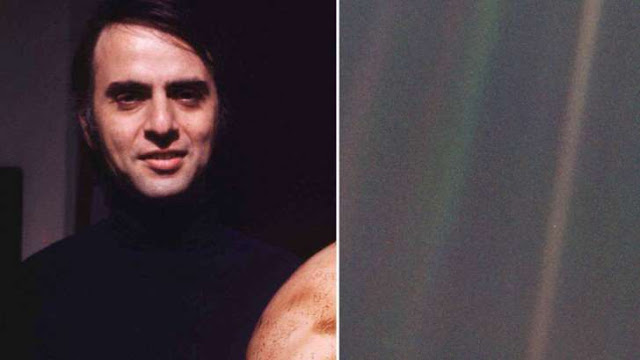How often should we shower, according to science?
The internet (like Siri) has become an oracle to which millions of people turn every day hoping to resolve their countless doubts. Google kn...

-
Created around 1300, it is the largest surviving map from the Middle Ages and offers a glimpse into the mindset of the ancient Christian wo...
-
Self portrait of Leonardo do Vinci. Although Leonardo da Vinci (1452-1519) is known to have studied bird flight, few people realise that...
-
Leopold II ruled Congo Free State as a personal fiefdom. In the last years of the 19th century and beginning of the 20th, King Leopold...





